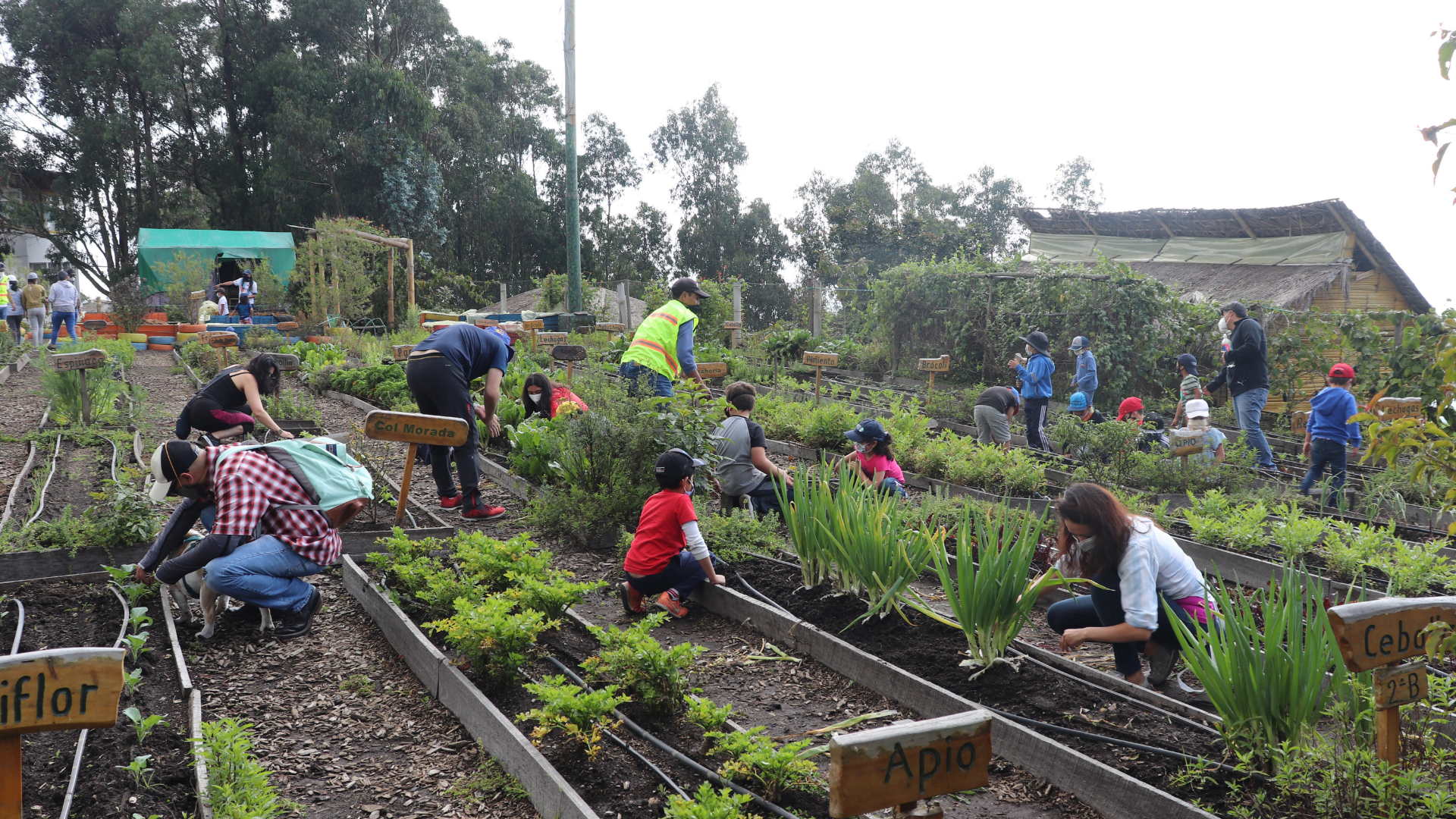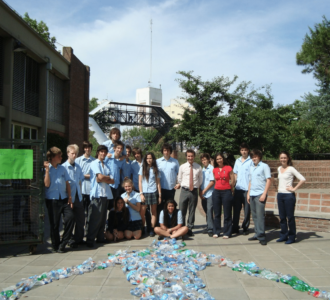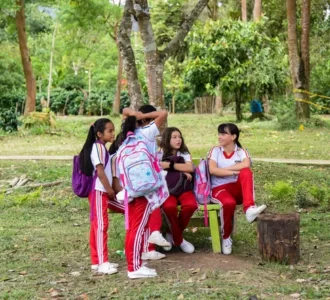If the great environmental crises of this world were caused by our generation and those before us, it is the next generation we must look to for answers. They are the ones who will inherit a planet in desperate need of saving, and it is these bright young minds who will have to find solutions.
Thankfully, trailblazing schools around the world recognise this and they are going above and beyond to prepare their students to tackle pollution and preserve their environment.
We’re going to take a look at some of the finalists from last year’s World’s Best School Prize for Environmental Action to see how they are innovating to solve pollution. And if you’re inspired by their amazing stories, then we would invite you to apply for this year’s World’s Best School Prizes.
Innovating with algae to solve pollution

Muntinlupa National High School in the Philippines, situated in one of the most polluted parts of the country, the Metro Manila, launched ReVamp, adopting algaculture techniques and photobioreactors to cultivate the Chlorella Vulgaris algae, renowned for its exceptional ability to absorb greenhouse gases and pollutants.
While the solution quickly and significantly improved air quality by reducing the levels of carbon dioxide, formaldehyde, and total volatile organic compounds, the school also integrated RevAMP into the curriculum, establishing a learning laboratory to provide students with a means to explore and invent valuable outcomes for the algae that serve the community’s needs. Thus, the students have discovered that algae, known as a superfood, can be used for various economic advantages, such as food production, medicine, and supplements.
Muntinlupa National High School has already extended its solution to other schools in the area with the same success, but the impact of RevAMP could extend even beyond borders. The Chlorella vulgaris algae’s absorption capacity reaches an impressive 17,000 to 18,000 tons of carbon dioxide per acre per year. Microalgae also serve as effective purifying agents for potential clean water source solutions in rural and remote areas. It is also an affordable energy alternative, such as converting it into biodiesel, reducing dependence on fossil fuels and promoting sustainable practices.
How seaweed can help the environment
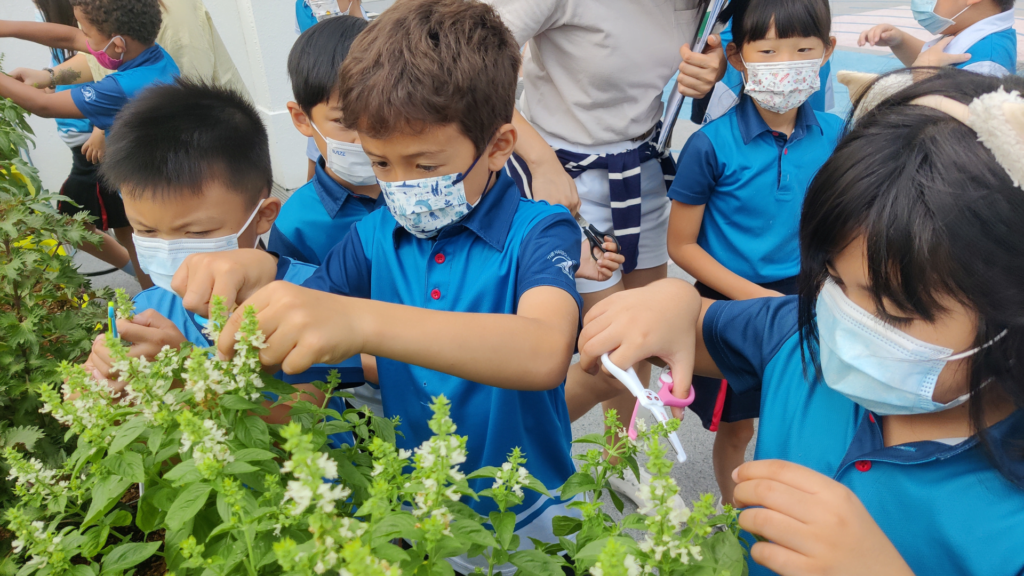
Similarly, The Harbour School in Hong Kong, China, launched a Seaweed Farming Project that educates students and the wider community about this sustainable aquaculture, which improves seawater quality, increases biodiversity, produces oxygen and absorbs carbon from the atmosphere.
The Harbour School’s educational seaweed project began by connecting with seaweed experts around the world, who expressed support for the project and provided invaluable advice. With this, the school prepared the teaching and learning plan for the students, which included multiple excursions to the surrounding sea area, scouting for potential sites for prototype deployment and gathering seaweed samples.
Back at the school, students across all year groups learned about seaweed while some ran aquarium experiments, with the eighth grade spearheading the building of the actual farm structures in the school’s Foundry maker space.
The students have already seen their farms begin to show growth. The school-wide project has brought cross-collaboration and synergy between the school and local and international community, providing a hands-on learning experience for students and bringing positive impact in the educational and environmental landscape.
Creating an eco-learning environment
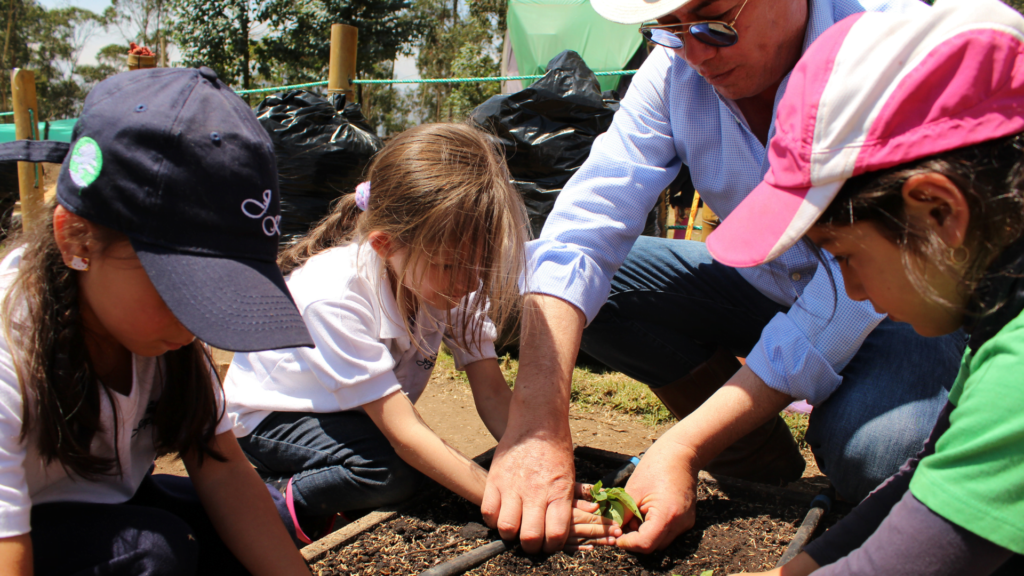
Meanwhile, in Ecuador, Colegio Johannes Kepler, has created a regenerative design and permaculture learning environment. The school has installed 68 solar panels and a wind energy generator, while implementing a systematic plan for zero waste management, with biodigesters and worm composters.
It has also built eco-efficient classrooms, using natural materials such as bamboo and integrating them with nature to promote forest school pedagogy.
The school has even integrated an Edible Forest Design and Agroecological Garden with an Andean animal farm, nursery classroom, and gastronomic club.
Are you inspired by their stories?
These three schools, among many others, have gained a global platform for their environmental work after being shortlisted for our World’s Best School Prizes.
And you can too!
If your school is going above and beyond to tackle the crucial environmental issues affecting our communities, then we want to tell your story. But first we need you to apply.
Alternatively, if you know of a school that’s making a real difference to its community and the world beyond, then you can nominate it today.
By surfacing these stories of schools innovating to solve pollution, we can share the answers they have arrived at that will help preserve our planet for generations to come.
